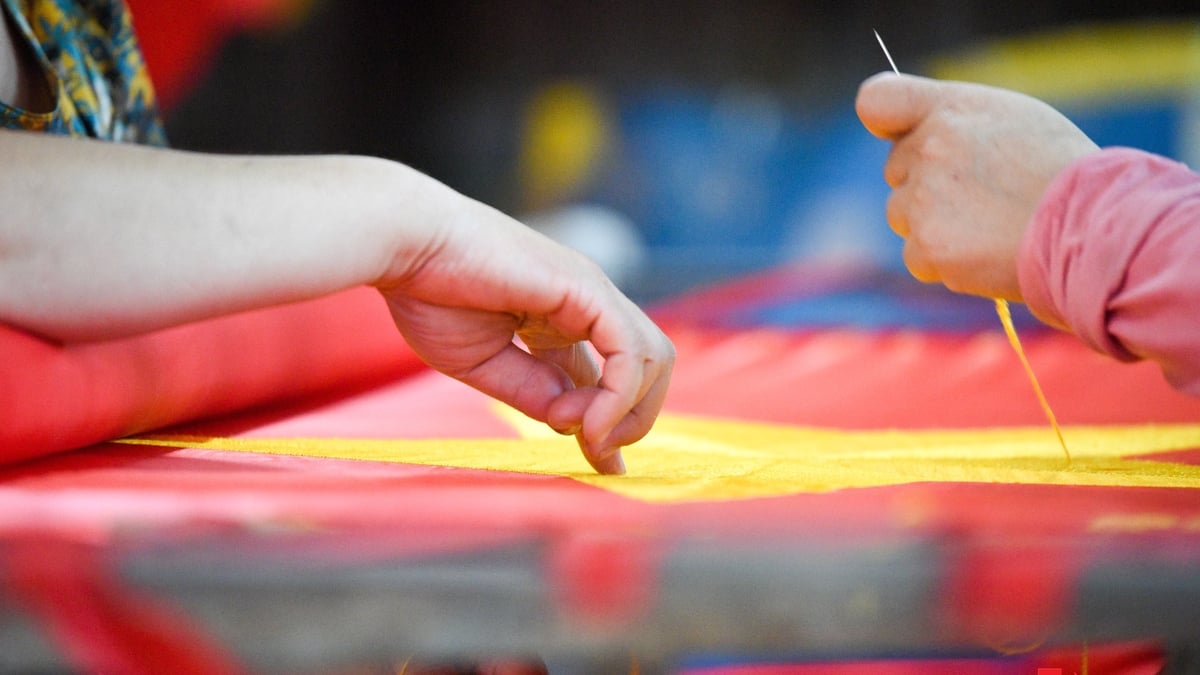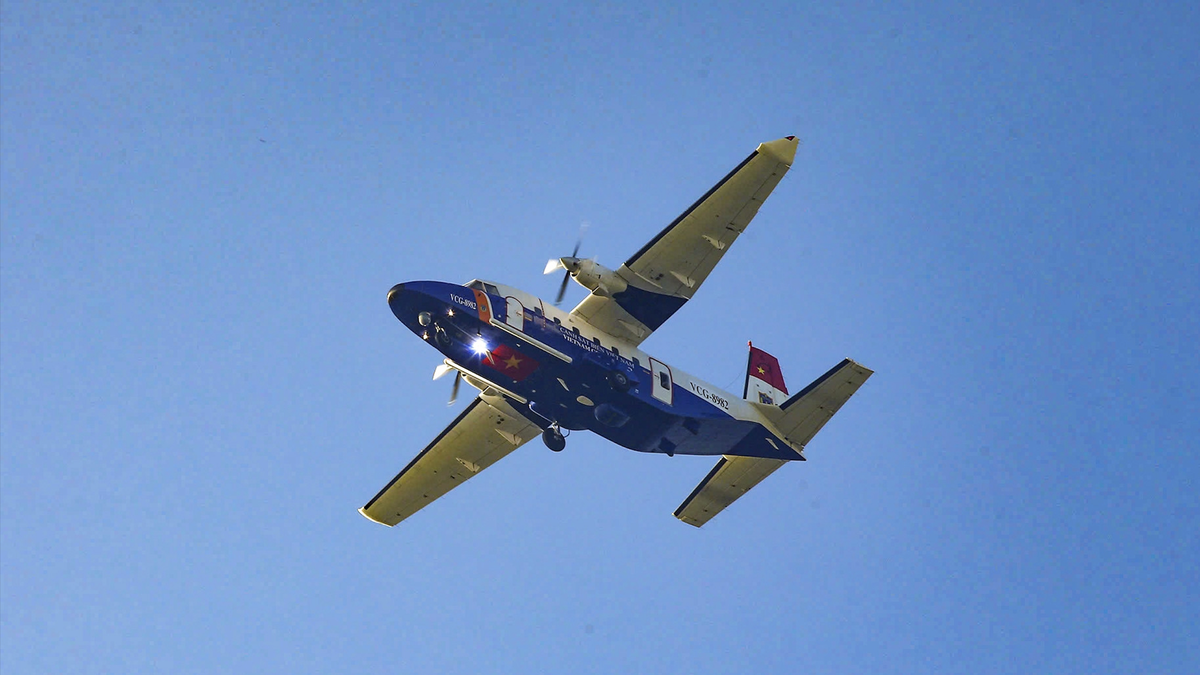According to a report published by researchers on May 14 in the journal Science Advances, humanity has observed auroras on Mars for the first time.
This observation, made on March 18, 2024 by the Perseverance rover, is also the first time that auroras have been recorded from the surface of a planet other than Earth. Furthermore, this suggests that future astronauts may be able to witness the magical aurora phenomenon on Mars with the naked eye.
“To an astronaut’s eyes, it would be a faint blue light,” said Roger Wiens, a planetary scientist at Purdue University in Lafayette, Indiana.
Auroras can occur when charged particles from space interact with a planet's atmosphere. They have been detected on Mercury, Jupiter, and every other non-Earth planet in the Solar System, but only from orbit.
And in the Martian sky, scientists can only detect aurora wavelengths invisible to the naked eye through instruments.
So it was previously unclear what Martian auroras would look like to future astronauts landing on the planet.
Compared to many aurora photos on Earth, the new image from Mars is quite blurry.
There are a few reasons for this. For one, Perseverance’s cameras are less effective at night. “The sensitivity of the instruments is not much higher than the human eye,” Wiens explains.
Second, Mars doesn’t have a global magnetic field to focus auroras near the poles like Earth does. Instead, its crust is magnetized in patches. This means that auroras can appear all over the planet, but they are relatively faint.
The particles that cause these auroras may have been present along with the shock fronts of coronal mass ejections. These are large clouds of plasma and magnetic fields that are ejected by the Sun into space, sometimes toward planets. They can also create auroras in Earth’s sky.
Wiens' team was warned about the launch days in advance, helping them prepare for Perseverance.
Although the rover is near the Martian equator, Mr. Wiens is interested in observing the aurora from the southern hemisphere of Mars because it is the most strongly magnetized part of the planet. "The aurora in that region can be really clear," he commented./.
Source: https://www.vietnamplus.vn/lan-dau-chup-duoc-anh-cuc-quang-tren-sao-hoa-post1038590.vnp





































































































Comment (0)